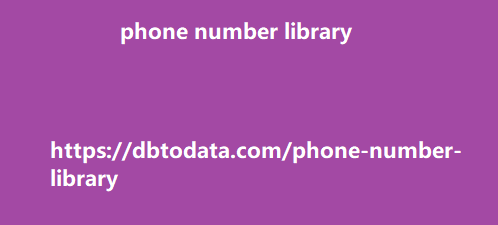Customer relationship management analytics When the Analytics show me that there are issues with the emails I’m sending, then perhaps I should start shifting strategies. This is why even if a CRM software can pretty much do everything that you need it to do, it’s still up to you—the user—to come up with good strategies that will ensure your customer relationship management is as fruitful as it can be. Streamlines processes through integration Lastly, a marketing and sales teams by streamlining processes through integration of different software. Going back to our Workflow, you can see that I can choose another software and choose from the list of actions that the integration permits.
Integrations Drip How customer relationship
management helps your business Now that you know what a CRM system does, it’s time to discuss its top benefits for your business. Improved customer service and relations According to SuperOffice, 74% of companies using CRM report improved customer service. This is due to the fact that data analysis, segmentation, and automation give companies the ability to personalize and better customer experience every step of the way. And of course, if your customer’s experience of your company is positive, then relations also improve. Because of your strategy and the CRM software that you’re using, you’re able to really show up for your customers as individuals and respond to their needs.
Increased customer retention According to Act-
On, 99% of B2B top performing companies utilize CRM for customer retention. Part of improving their experience, responding to their needs, and building your relationship with your customers is understanding their preferences and resolving their issues as fast as possible. Since you have a plethora of features to choose from in a CRM software plus your strategy, you get to attend to your customers’ needs in a way that is unparalleled. Customer relationship management also includes reaching out to customers and ensuring that they repeat purchases through recommendations, or reconnecting to older customers who may have been neglected. According to SuperOffice, keeping an existing customer is about 6 to 7 times cheaper than acquiring new ones, so that is also something to keep in mind.
Heightened productivity Since CRM software have
integrations, automations, and other features, then it takes away some load off of marketing and sales teams. According to destinationCRM, 91% of businesses with more than 10 employees in the US have a CRM system in place as it already automates repetitive tasks and other manual processes. CRM software integrations, such as RingCentral with Salesforce, can also promote team productivity and call efficiency. Imagine not having to manually encode customer emails, send follow ups one by one, and check individually if the customer is ready to purchase! Increased ROI Last but not the least, proper CRM implementation can eventually yield your company an ROI exceeding 245%, although the timeline is around four months to a year according to Martech Zone.
But still, that’s a massive increase that is well worth
the effort, especially since the i belgium phone number library ncreased ROI is a result of a productive marketing and sales team, and better customer relations. Types of CRM platforms There are three kinds of CRM platforms: Open-source CRM, on-premise CRM, and cloud-based CRM. Open-source CRM Open-source CRM simply means its source code is publicly available and can be “distributed, modified, and redistributed by users according to their needs.” One major advantage of choosing an open-source CRM is the price. It’s (more often than not) free or much more affordable than their proprietary counterparts. Considering that open-source CRMs have the same functions as proprietary CRM plus an immense amount of flexibility due to its nature, many companies opt to go for open-source.
One major disadvantage of open-source CRM
is implementation. Considering that it doesn’t come “boxed” unlike proprietary CRM, you need to ensure that you have developers on your team (or at least, that the product has an active developer community) to ensure that you can maximize your software and set it up properly. On-premise CRM On-premise CRM means that the software is running on your office servers (hence, on-premise). This means that you have to be in your office to be able to do some customer relationship management. On-premise CRM also needs plenty of IT attention. Since it’s on-premise, the company’s team is basically in charge of every aspect of managing the CRM platform.
This is also why big businesses are usually the
ones that opt for this type of CRM— how to install a template in wordPress they have the people, the budget, and the need. It’s not all disadvantages, though. On-premise CRM, as it’s setup and handled by the company, can be customized and configured to fit the company’s processes better. This means that the CRM can be tweaked to fit and support a specific company’s needs. Cloud-based CRM On the other hand, cloud-based CRM is just that—cloud-based. Unlike on-premise CRM, the only thing you really need to access the software is internet connection. You also don’t need a full in-house IT team to manage the CRM in this case.
If things go wrong, you can simply contact the
vendor’s customer service and ask for resource data their assistance. Aside from that, it’s easy to setup and can be accessed by anyone in the team who has an account. Typically, there is one owner who can add member users to their account and set the privileges of those users. What are the disadvantages? For one, faulty internet connection will make using a cloud-based purchasing a “ready-to-go” type of CRM. Lastly, in the event that there’s a bug or some other issue with the platform, you will have to wait for their customer service to come up with a solution.

